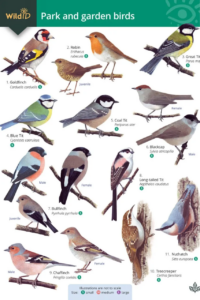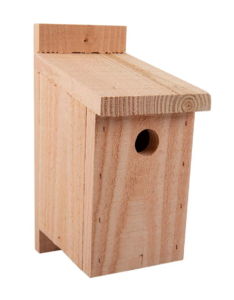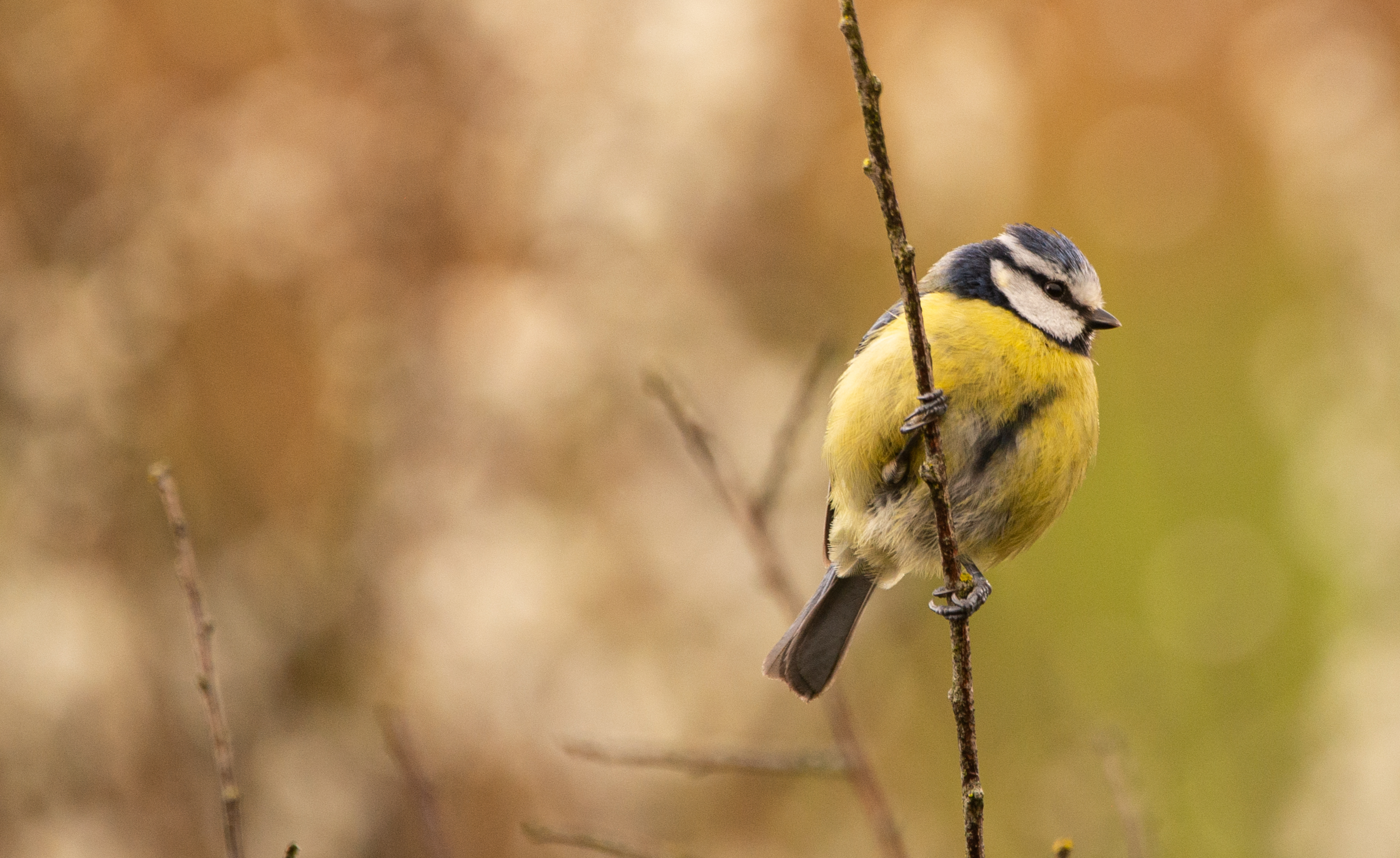
For the past 45 years, the RSPB has been running one of the largest citizen science projects in the world, the Big Garden Birdwatch. Every January more than half a million people take to their gardens, parks and balconies to count the birds they see. This huge dataset has allowed the RSPB to create a comprehensive picture of how our local birds are faring, and to examine changes in both abundance and distribution over time.
This year’s Big Garden Birdwatch will take place from the 26th to 28th January and anyone can sign up to take part – all it takes is an hour of your time to record the birds you see in your area and send these results to the RSPB. They will then collate all of the data and publish the results in spring.
How to take part in the Big Garden Birdwatch
-
- Sign up on the RSPB website
- Find a good spot to watch the birds in your garden or a local park and choose an hour between between Friday 26th and Sunday 28th January.
- Have fun identifying the species visiting your garden during that hour and count the maximum number of each species you see at any one time. For example, if you see a group of three House Sparrows together and after that another one, the number to submit is three. This method means it is less likely you will count the same birds more than once and makes data analysis easier. Make a note of any other wildlife that you spot as well.
- Submit your results on the Big Garden Birdwatch website. Even if you don’t see anything, that’s still useful information. (If you can’t submit your results online, you can print off the form from the free guide and send it by post).
- Join in the conversation on RSPB social channels throughout the weekend to see what other nature lovers are spotting across the UK and upload your own pictures and comments using #BigGardenBirdWatch
- Look out for the results in April and take pride in having contributed data from your patch.
What did we learn in the 2023 Big Garden Birdwatch?
In 2023, over half a million people took part in the Big Garden Birdwatch, submitting records of more than 9.1 million birds. The most frequently reported species was the House Sparrow which received 1.4 million sightings, however counts of this bird have notably decreased by 57% when compared to the first Birdwatch in 1979. The second and third spots were held by Blue Tits and Starlings respectively.
Last year’s results highlighted the vulnerability of some of our smaller garden birds and the environments they live in. Long-tailed Tit sightings increased by 39% in 2023, however they are very susceptible to harsh weather conditions and as a result of this, population numbers have fluctuated since the Big Garden Birdwatch began. Meanwhile, Greenfinches and Chaffinches continued to be affected by a disease known as Trichomonosis, which has led to a 34% decline in UK Chaffinch populations and 65% decline in Greenfinches over the last decade.
It is hoped that this year’s Birdwatch will help to give a better picture of how these population are faring a year on.
How can I encourage more birds and other wildlife to my garden?
Participating in the Big Garden Birdwatch is the perfect opportunity to observe how wildlife is using your garden and to give you some insights into how you could make your outdoor space even more attractive to wildlife.
Improving your garden for wildlife can be as simple as leaving a patch of long grass; providing native trees or plants that are good for pollinators such as lavender, buddleja and verbena; or leaving a woodpile for insects to shelter in. You can also supply nest boxes for birds, bat boxes for summer roosting bats, access panels and shelters for hedgehogs, shelter for frogs and toads, and of course bird feeders, which will bring a multitude of species to your garden.
Recommended books and equipment
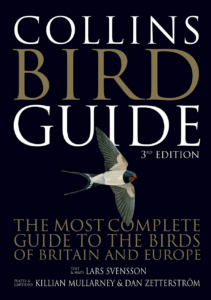 Collins Bird Guide: The Most Complete Guide to the Birds of Britain and Europe
Collins Bird Guide: The Most Complete Guide to the Birds of Britain and Europe
With expanded text and additional colour illustrations, the third edition of the hugely successful Collins Bird Guide is a must for every birdwatcher. The combination of definitive text, up-to-date distribution maps and superb illustrations makes this book the ultimate field guide, essential for every birdwatcher and field trip.
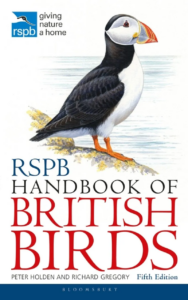
RSPB Handbook of British Birds
This easy-to-use book is a complete guide to the UK’s most familiar birds and, having been revised for its fifth edition, the RSPB Handbook of British Birds now includes new artwork, additional rarities, extra comparison spreads and a fully updated taxonomic order, in addition to a detailed maps reflecting current UK distributions.
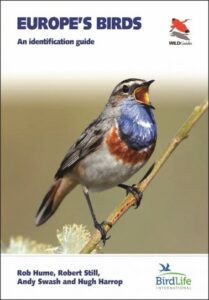 Europe’s Birds: An Identification Guide
Europe’s Birds: An Identification Guide
Covering more than 900 species, and illustrated with over 4,700 photographs, this is the most comprehensive, authoritative and ambitious single-volume photographic guide to Europe’s birds ever produced. The images are stunning to look at, making this a beautiful book to enjoy, as well as an up-to-date and essential source of identification knowledge.
This newly updated fold-out guide covers the top 50 birds of gardens and parks, including ponds and rivers. Designed for speedy bird identification with living birds in the garden, the guide features beautiful colour paintings by Chris Shields. Accompanying text on the reverse side covers body size, food, key identification notes and conservation status.
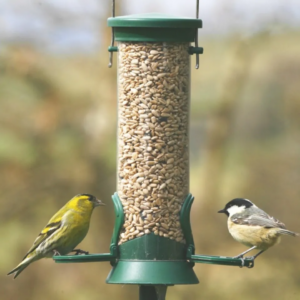 Challenger Plastic Seed Feeder
Challenger Plastic Seed Feeder
This seed feeder is ideal for small spaces due to its size and is made from durable, long-lasting plastic. The feeder includes perching rings which have been designed to allow birds to feed in their natural facing forward position and is available in two different sizes.
Installing a nest box in your garden is one of the easiest ways to support local bird populations, providing them with a warm, sheltered environment with protection from most types of predators. Our own range of wooden bird nest boxes have been custom designed and manufactured from substantial 2cm thick FSC-certified wood, are available with either a 25mm or 32mm entrance hole and can be expected to last for 5–10 years.
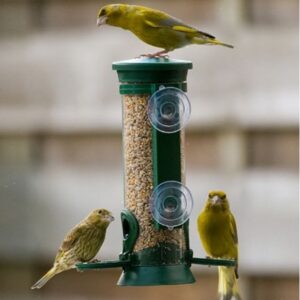 Discovery Plastic Window Seed Feeder
Discovery Plastic Window Seed Feeder
The Discovery Plastic Window Seed Feeder is ideal for those with small gardens or balconies and who are new to bird feeding. It has two feeding ports with ring perches to allow the birds to feed in a natural position and the high-suction pads securely fix the feeder to glass which offers a fantastic way to watch garden birds up close.
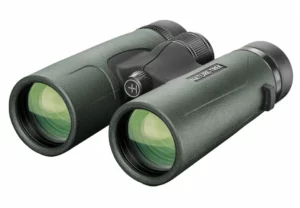 Hawke Optics Nature-Trek Binoculars
Hawke Optics Nature-Trek Binoculars
The Hawke Optics Nature-Trek Binoculars are great value and ideal for fieldwork. They have a shock-resistant polycarbonate body, making them robust yet lightweight, and are waterproof and fog-free. The inner-focus optical design and BAK 4 roof prism produces high resolution images and ensures no detail is lost when viewing at long or short distances, while they also have effortless focusing and impressive depth of field which makes these binoculars quick and easy to use.
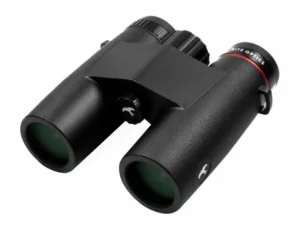 Kite Ursus Binoculars
Kite Ursus Binoculars
The Kite Ursus binoculars are an easy to use, entry-level pair of binoculars with all-round performance. They have been designed for everyday use and have a robust, fully waterproof housing, rubber touch points, and are lightweight and well balanced with a short hinge and a large ribbed focus wheel so changing focus is easy. As with other Kite binoculars, the Ursus also have a great field of view and, combined with their image quality, this makes them great for panning while watching fast moving subjects.
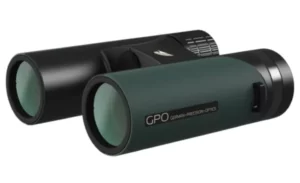 GPO PASSION 10×32 ED Binoculars
GPO PASSION 10×32 ED Binoculars
These binoculars combine a sleek design with high-quality features, including a Schmidt-Pechan prism, 10× magnification, ED multi-coated lenses and matched optics, which deliver exceptional clarity and colour transmission. They also offer a wide field of view, high edge-to-edge sharpness and a close minimum focus, which makes them unique among models in this price range, and come in five colours: green, brown, black, sand and orange.








